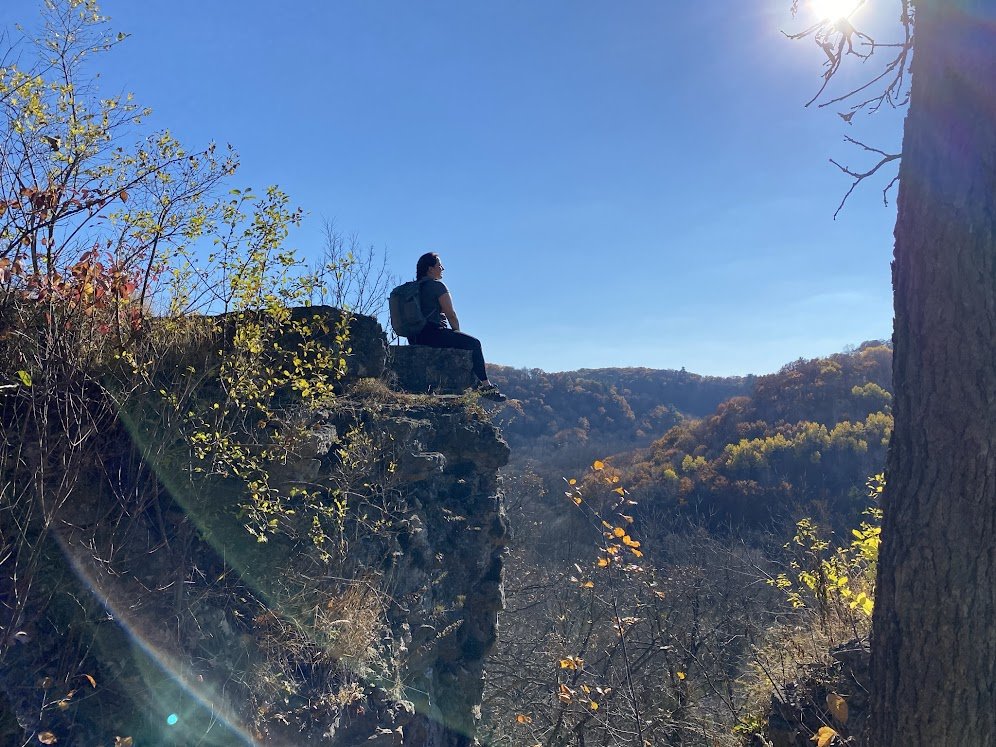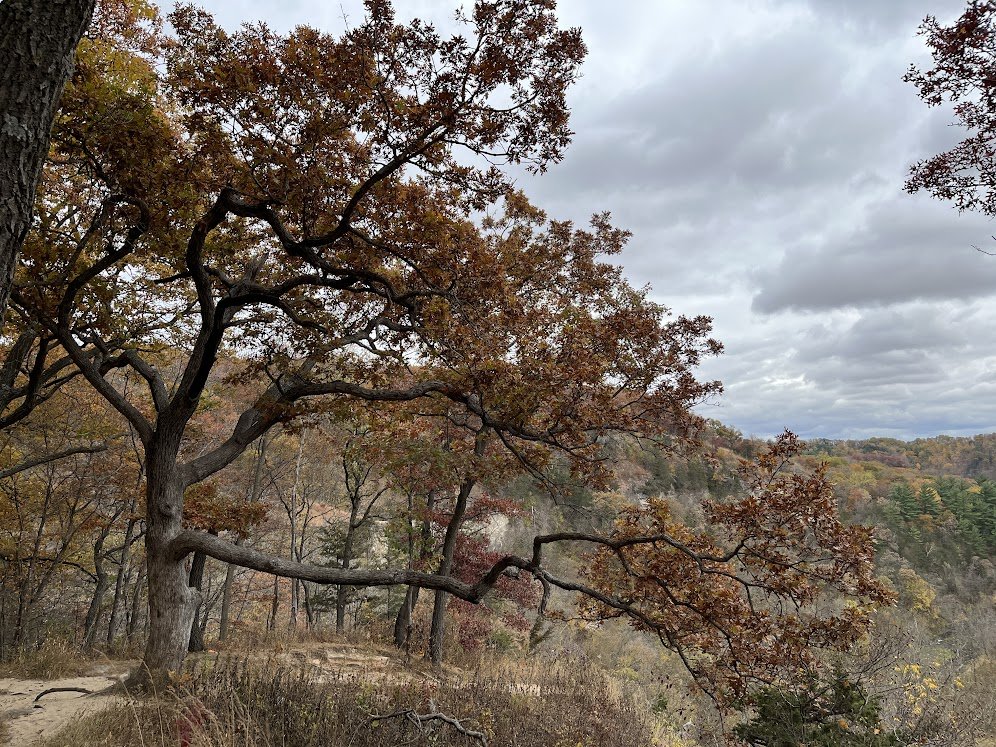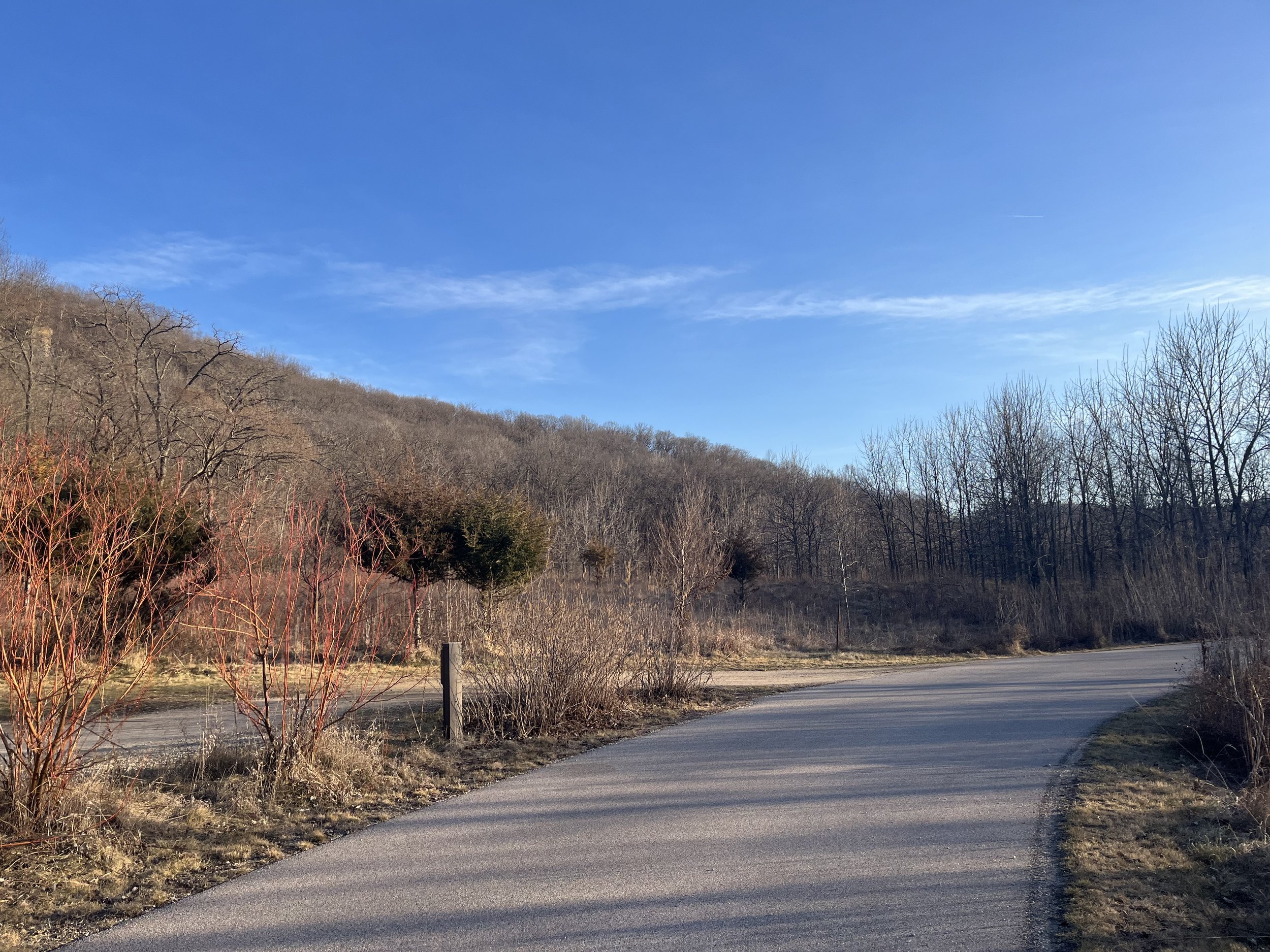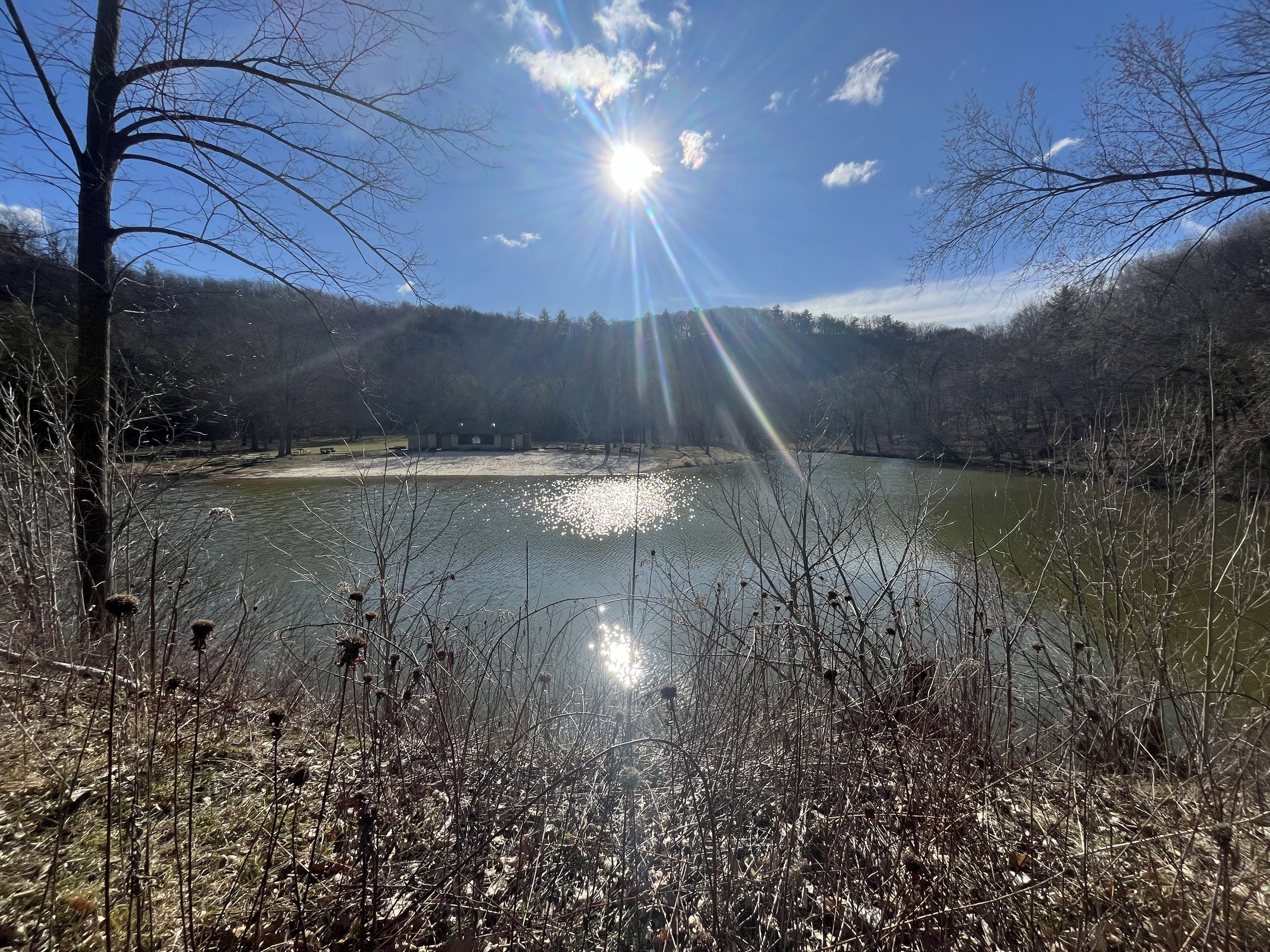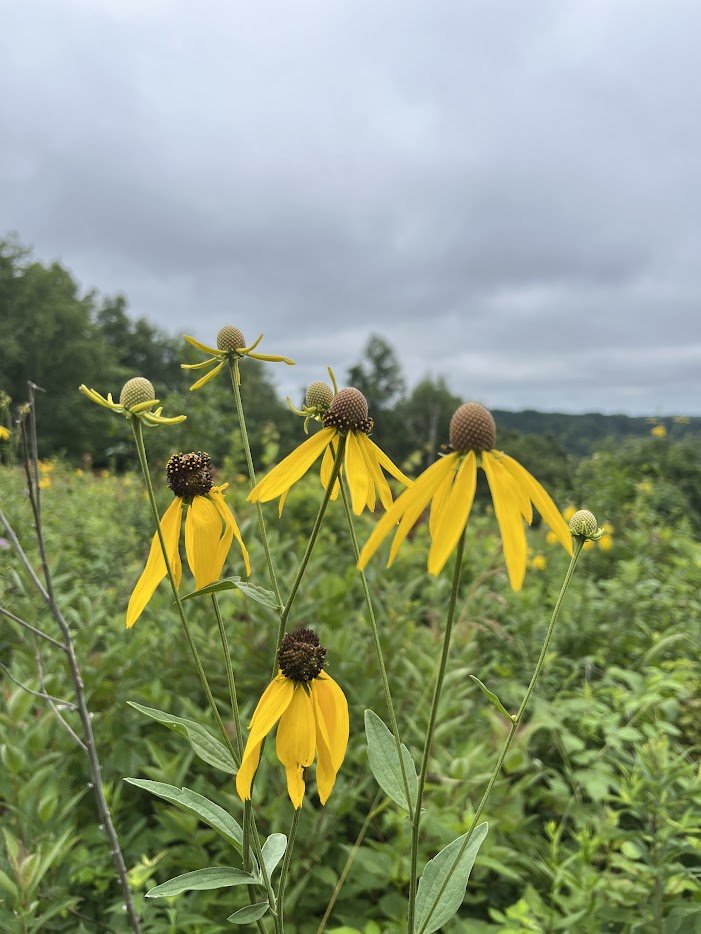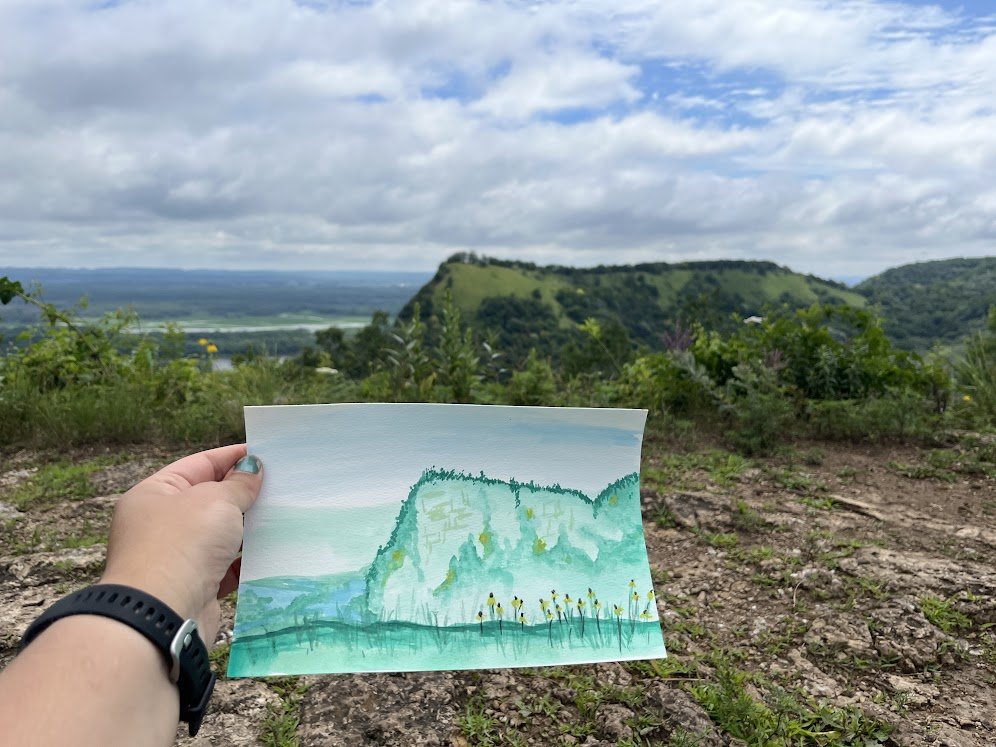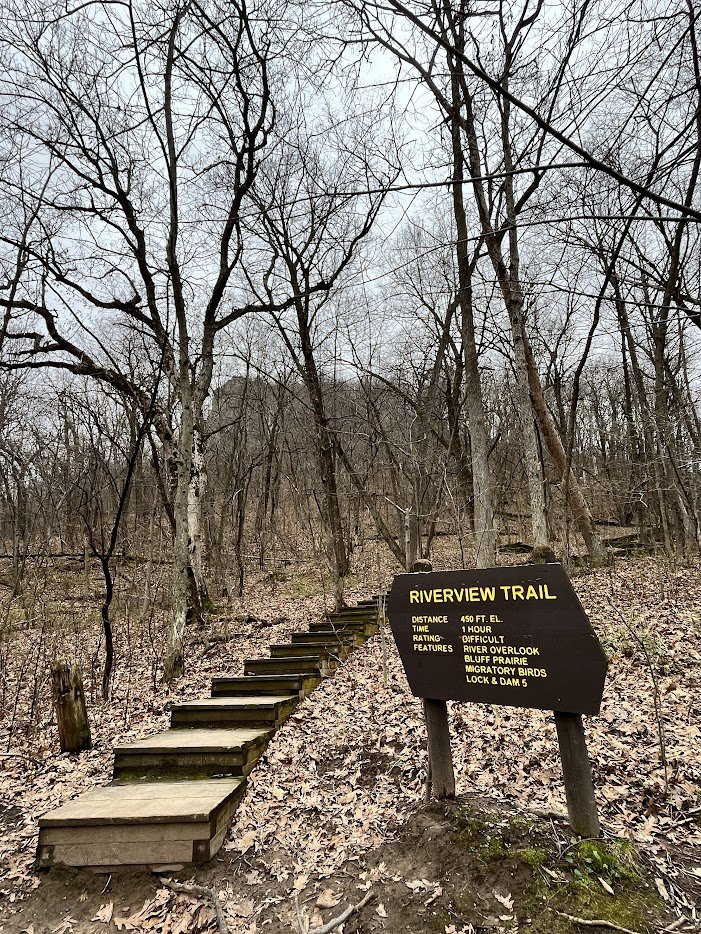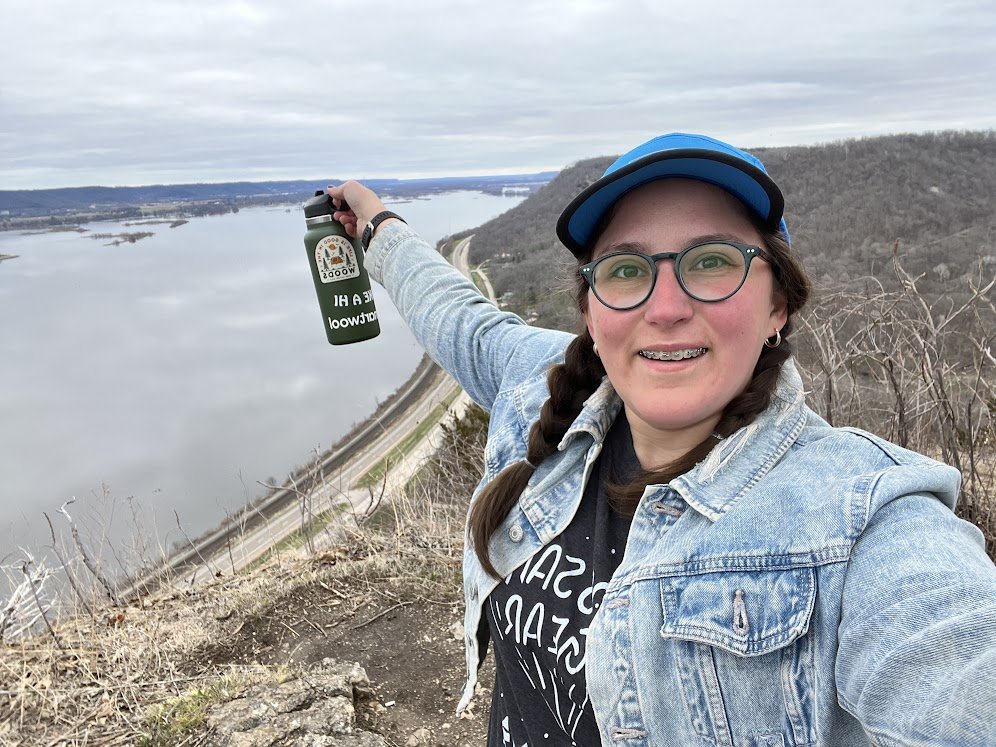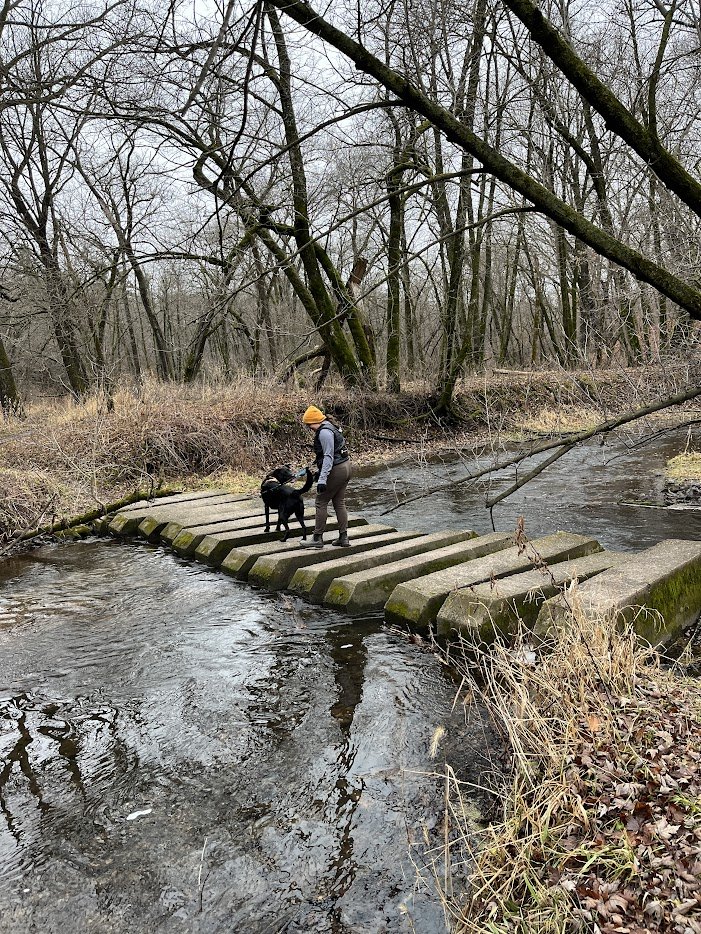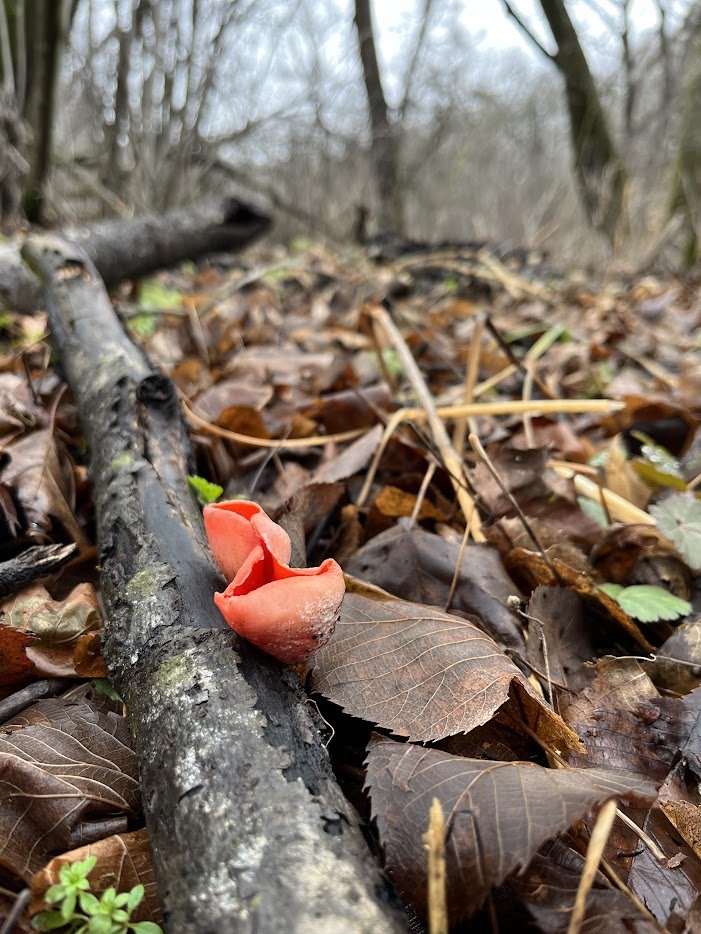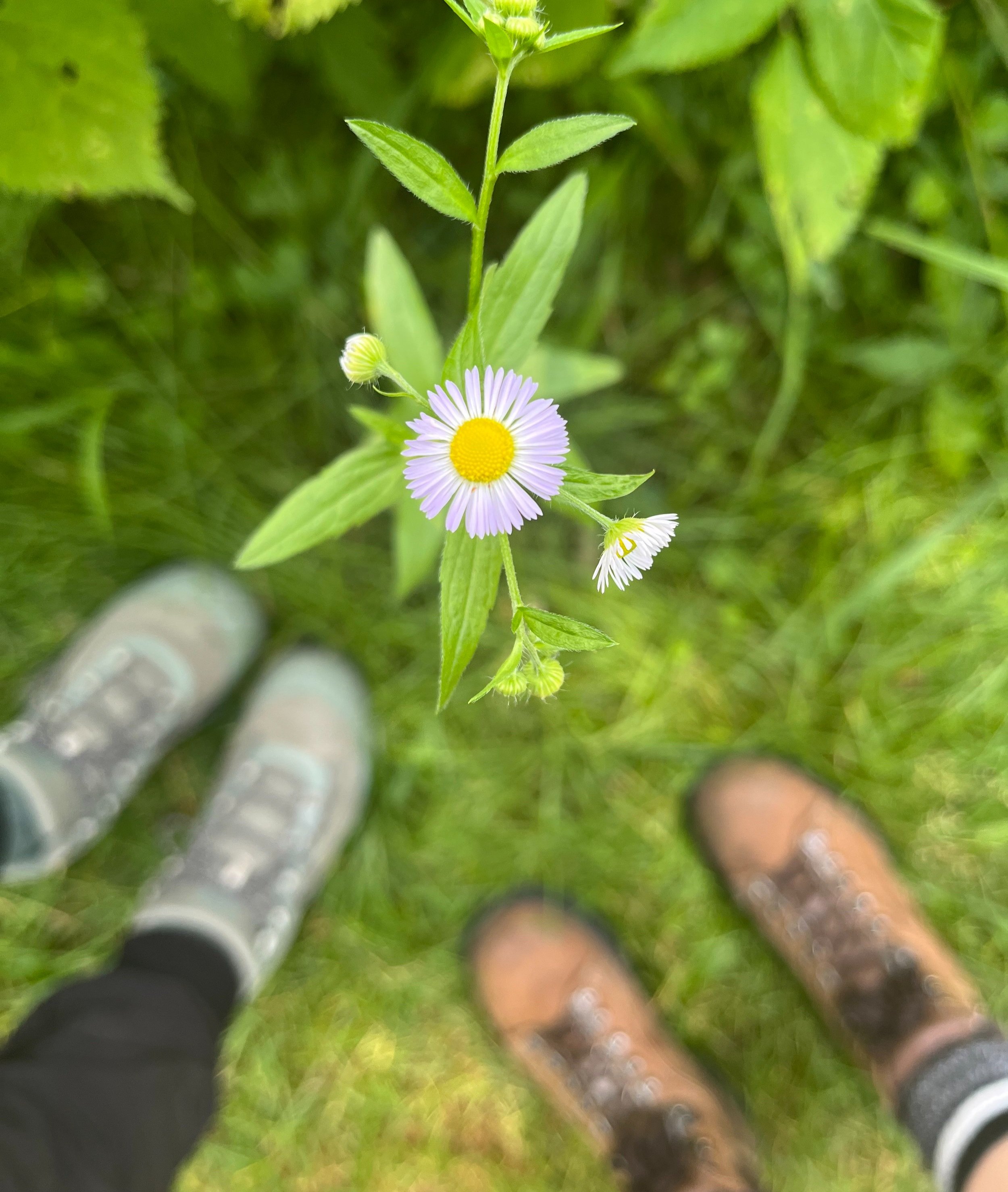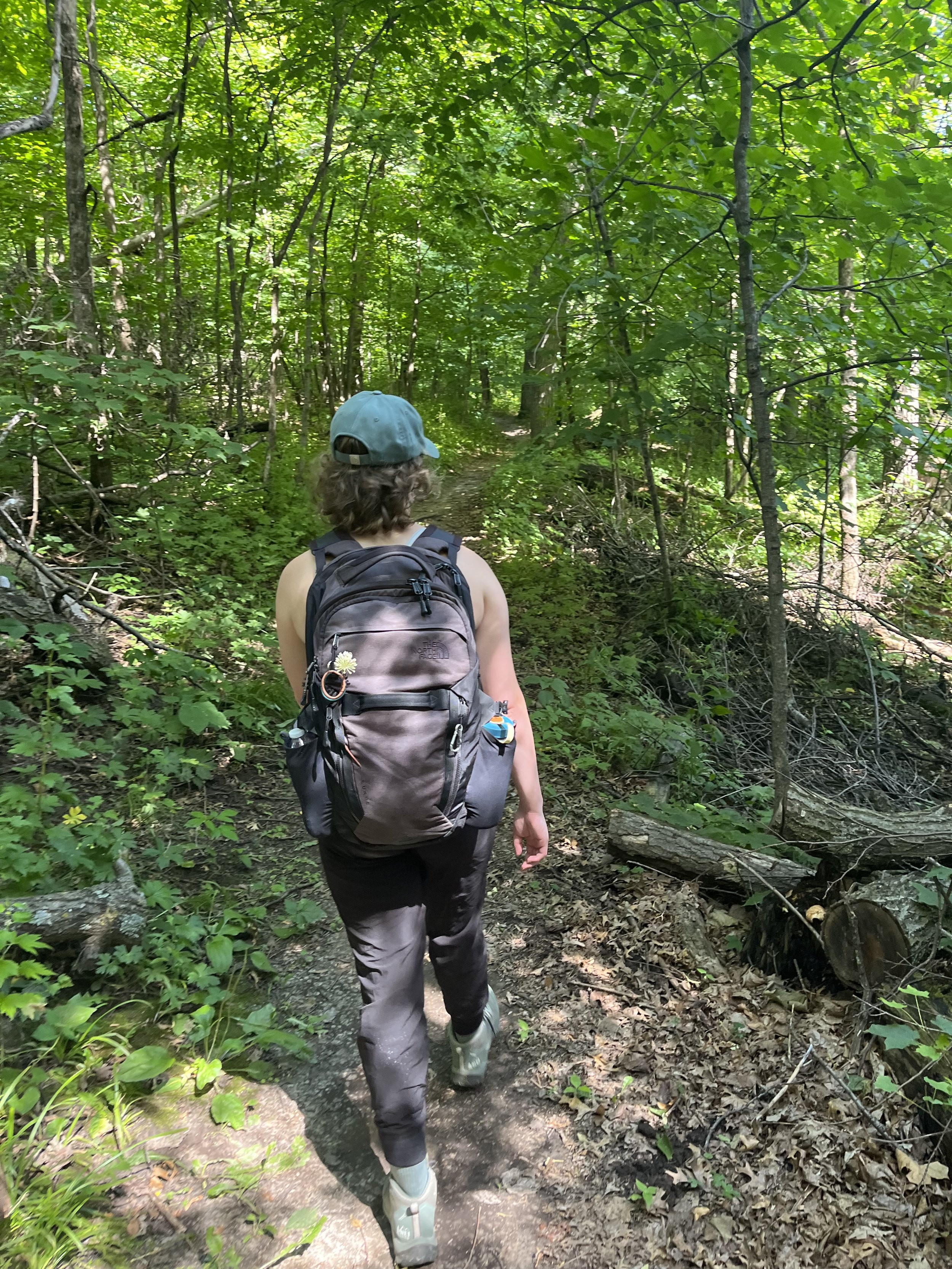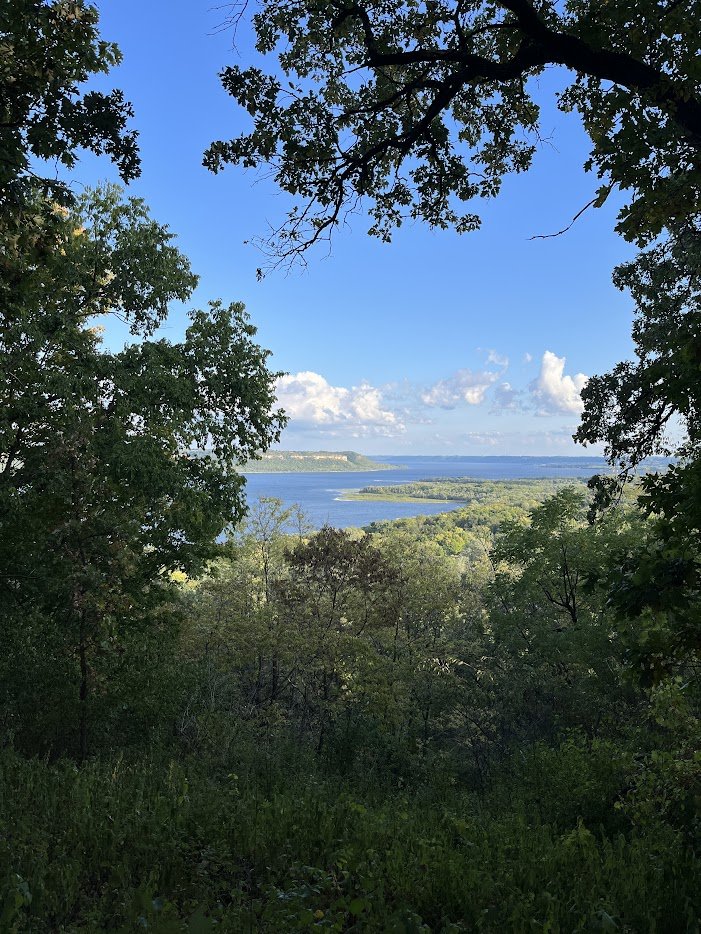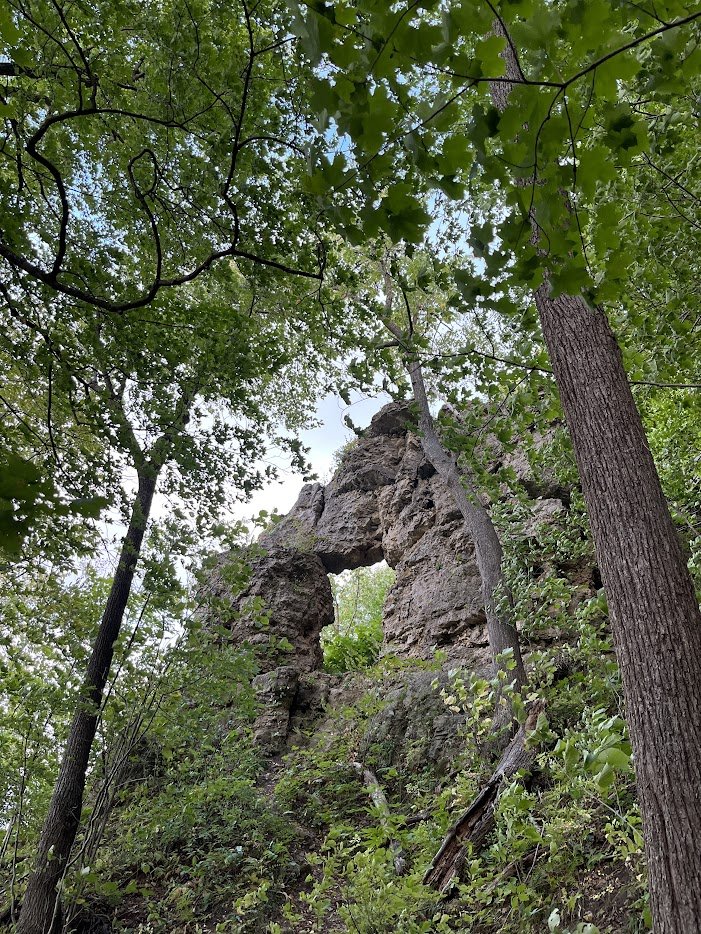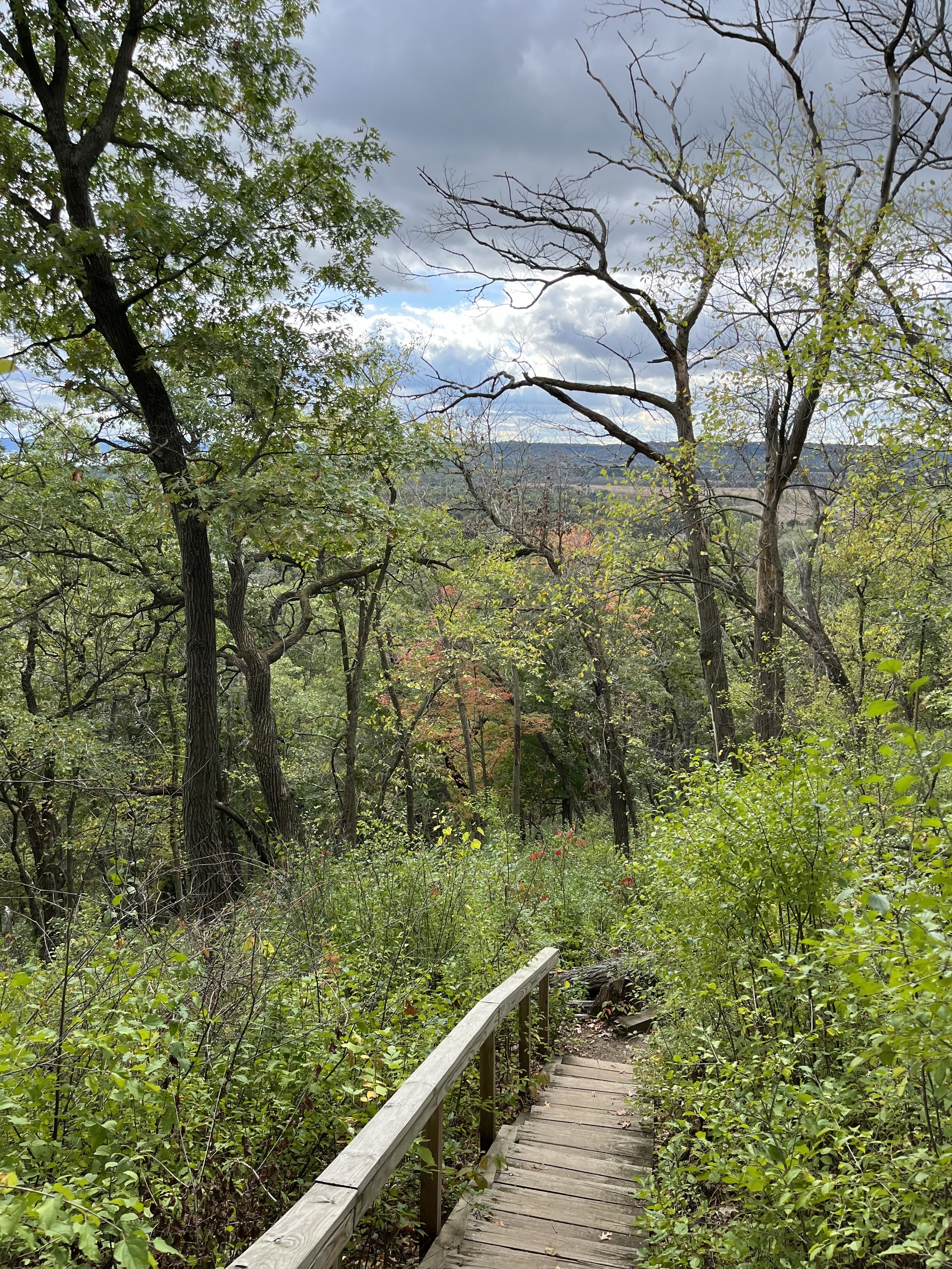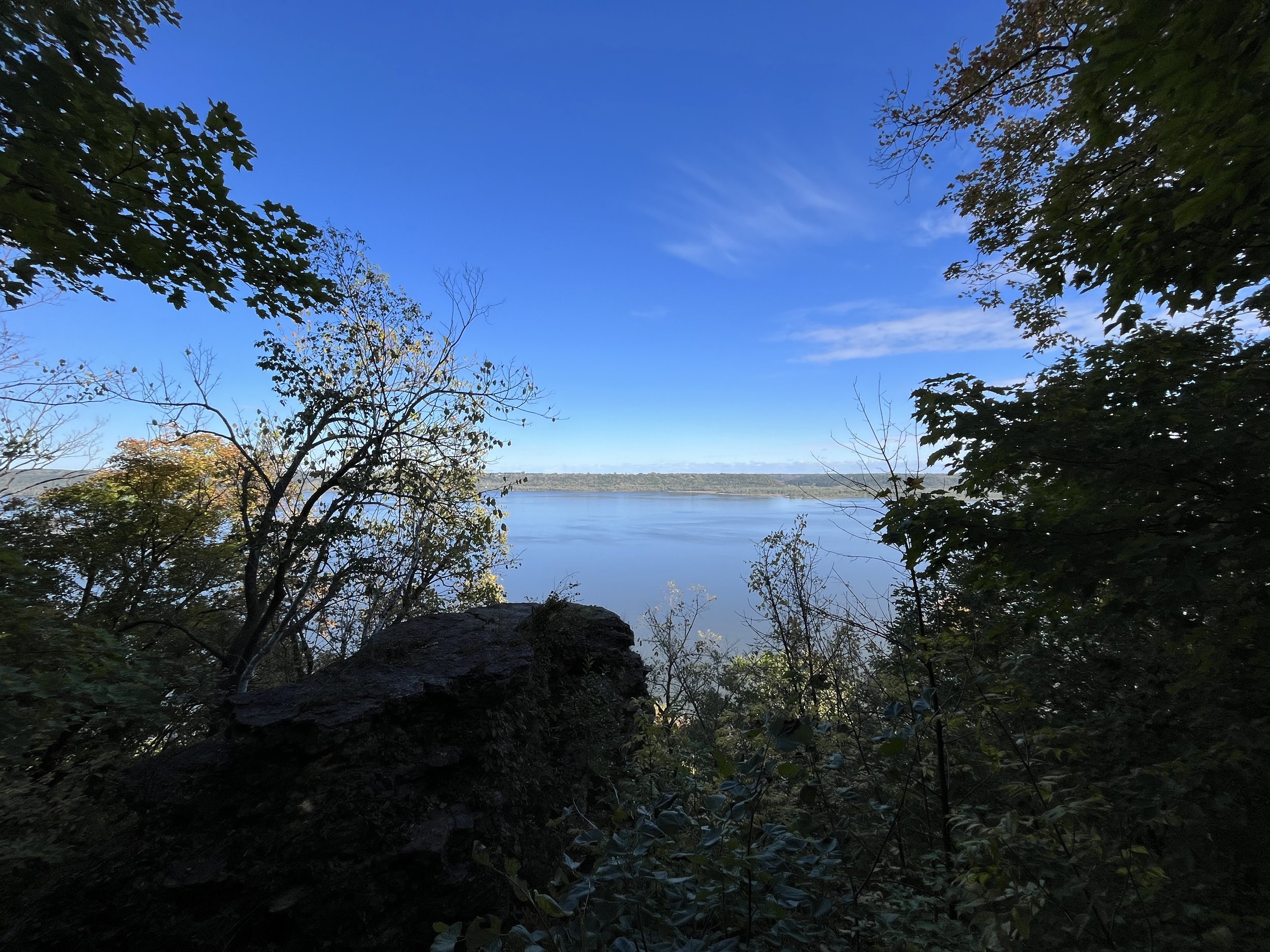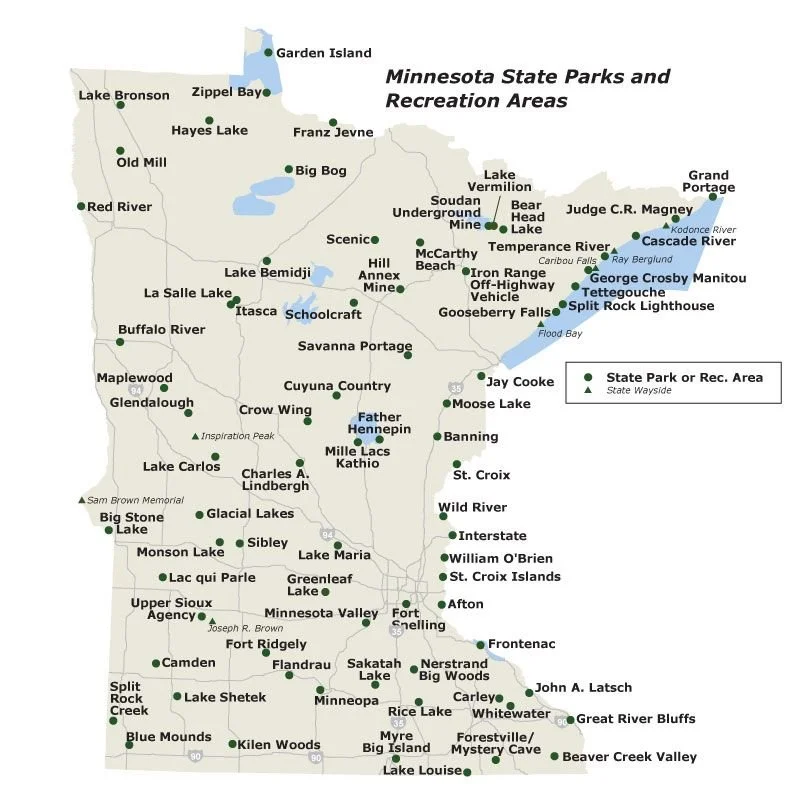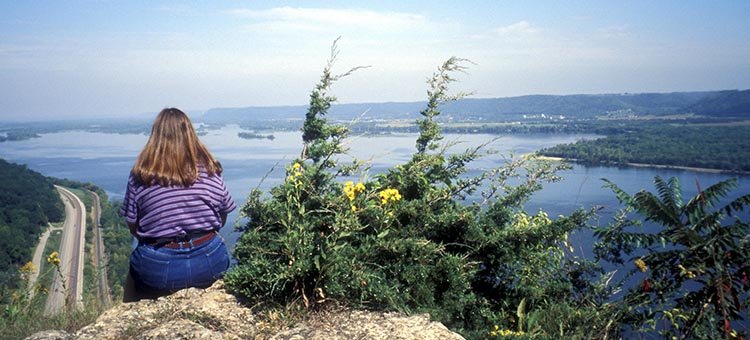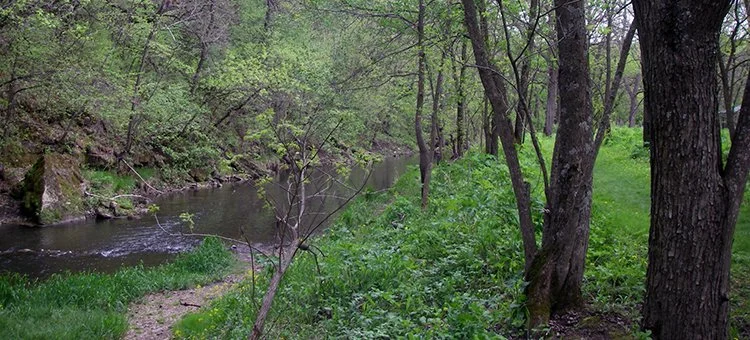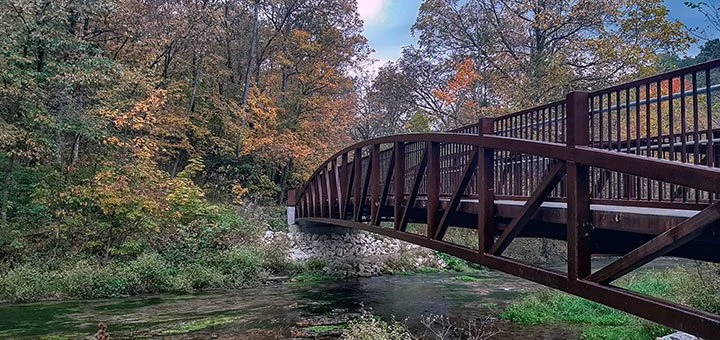Explore Minnesota’s Beauty Close to Home
Minnesota’s State Parks
Minnesota’s State Parks system is one of the oldest in the country and stands today to offer opportunities for all Minnesotans to get outside. In today’s fast-paced world, it can be easy to slip into routines that don’t allow for much time outdoors, but our State Parks are here to remind us to relax and explore.
Many parks are open year round and offer activities to fit any season. Minnesota also launched a Junior Ranger program designed to engage children ages 6-10 (although anyone can participate and become a ranger) with the plants and animals of the parks.
Things like the State Park Passport Club and Hiking Club are also a great way to encourage exploration of the Parks. With a unique stamp at each park and recreation area, the Passport Club motivates visitors to see as many parks as they can; the Hiking Club that highlights certain trails at the parks, helps visitors see as much as they can during their visit.
The Minnesota State Park system includes 65 state parks, 9 state recreation areas, 306 buildings on the National Register of Historic Places, and over 4,400 campsites, all standing at the ready to assist Minnesotans in getting outside.
In this Post…
Just half an hour from Winona is Whitewater State Park. This beautiful park boasts many opportunities to take advantage of the bluffland. The park has 10 total miles of hiking trails to lead you through the region from the Whitewater river valley to the peaks of the bluffs above. There are also 3 miles of self-guided trails through the wooded valley and along the river.
The park has many opportunities for anglers. Trout Run Creek is home to brown and rainbow trout in both the summer and winter fishing seasons. Because the park is open to campers and hikers it is recommended to fish in the early mornings on the weekends, however, on weekdays the park is likely to be quieter and offer more spots to fish.
Camping at Whitewater State Park is open year-round with over 100 campsites and four cabins with heat and electricity. Full restrooms with showers and flush toilets are available six months a year, but vault toilets are always available.
The State Park provides interpretive programs that are an excellent opportunity for children and people of all ages to engage with the environment and learn about the area's environmental opportunities. These programs are specially designed to help young ones get involved and explore the natural beauty of the park.
Plan a visit for this spring to take in the wildflowers and don’t forget to check out the Visitor Center and Nature Store.
Great River Bluffs State Park is another scenic getaway just 20 minutes from Winona. This park has lots to offer from hiking to birdwatching. With 6.5 total miles of hiking trails, 2.5 of those being self-guided interpretive trails, there are many different places to view the Mississippi below.
Along those hiking trails, the park has two Scientific and Natural Areas (SNAs) on King's and Queen's Bluffs. These areas protect the oak savanna, prairie, and deciduous forest native to the area. While the SNA on Queen’s Bluff is considered a sanctuary and is only open for permitted research, the King’s Bluff SNA has an interpretive trail and overlooks to guide visitors in their exploration through the native species of wildflowers, ferns, and grasses.
While on King’s Bluff (or anywhere throughout the park), bring your binoculars. The park is home to over 100 species of birds, including eagles and hawks. The prairies are also home to uncommon wildlife, such as the six-lined racer lizard and the bobolink prairie bird.
Great River Bluffs State Park also offers camping, although it is much more rustic than the camping at Whitewater State Park. Of the 31 drive-in sites, none have electricity, although they allow campers up to 60 feet. They also have four rustic tent-only cart-in sites with drinking water and vault toilets nearby. The park also offers five bike-in sites off Highway 61.
Make sure to visit in the fall to take advantage of the panoramic views of the Mississippi River Valley and the stunning fall colors of the surrounding foliage.
John A. Latsch is a relatively small park compared to the other two parks. This park, although small, still has much to offer its visitors, and at just 15 minutes from Winona, it can be the perfect place for a quick day trip.
The park has only 0.5 miles of trails, consisting of 586 steps up to a beautiful view of the Mississippi River Valley below. The steep hike to the top of Charity Bluff makes proper footwear a must, but the views from the overlook will make the strenuous hike well worth it.
While hiking, take notice of the many species of birds that pass through the park. Also, try your best to spot tracks, markings, or other evidence of the coyotes, foxes, opossums, and white-tailed deer that live in the area.
The park has a picnic area at the bottom of the bluff with tables, fire rings, and a grill. Either before you head out or when you get back from the bluff, stop here for a meal over a fire.
Although the park has no overnight camping facilities, it can be the perfect place for a one-day getaway or a stop as you travel along Highway 61.
Other Honorable Mentions Near Winona
Carley State Park
Carley State Park is about 40 minutes from Winona and very near Whitewater State Park. This park offers hiking, fishing, camping, and a picnic shelter and playground for guests. Visiting the park in the spring is recommended, as the Virginia Bluebells will be flowering all along their wildflower trail.
Beaver Creek Valley State Park
This State Park is 50 minutes from Winona and offers hiking, fishing, camping, and recreation facilities. The park offers a self-guided audio tour of the Beaver Creek trail. Beaver Creek Valley also manages some campgrounds and recreation areas within the RJD Memorial Hardwood State Forest open for visitors to explore.
Frontenac State Park
Frontenac State Park is up the Mississippi River Valley, one hour from Winona. This park also offers hiking, camping, and recreation facilities, bird-watching opportunities, and a sledding hill in the winter. Many trails and campsites look out over Lake Pepin and the Mississippi River.
Photos from WOC Adventurers
